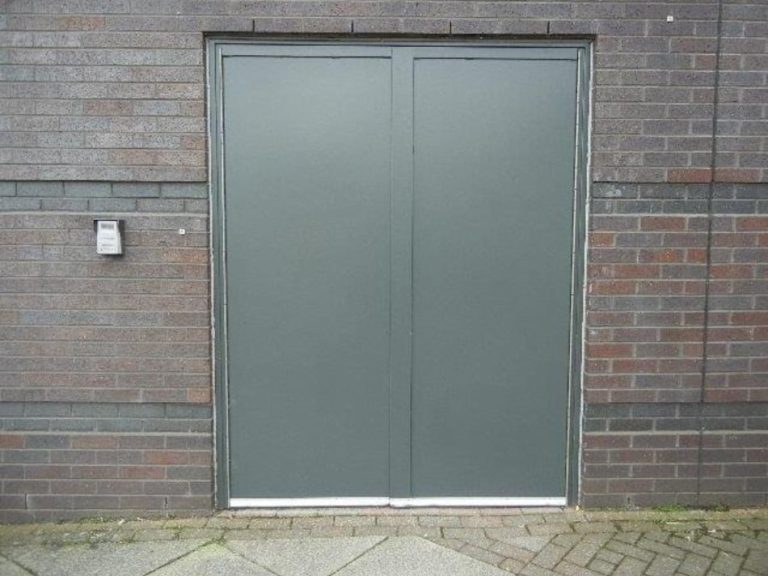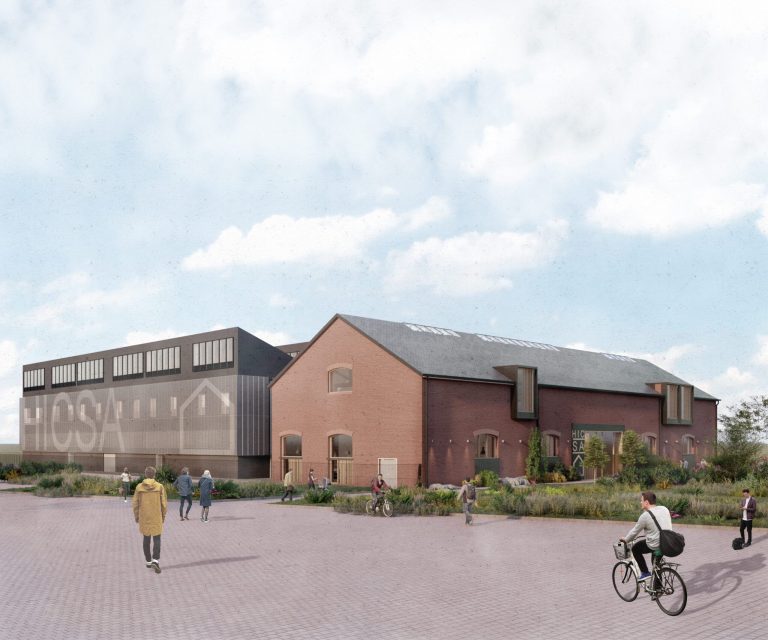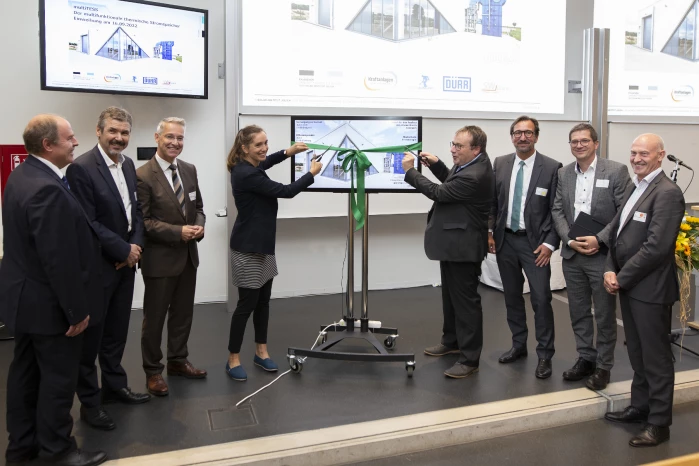A new survey by UK Construction Week Birmingham has revealed that those who work in the industry believe better school careers advice and improving the sector’s ‘dirty’ image are key steps to resolving the current skills gap in construction. With just two weeks before the three-day show returns to the NEC on October 4th, the survey polled over 1,100 people across the sector, including architects, engineers, housebuilders, installers, joiners, contractors and consultants. It found over a quarter (26%) of respondents felt the solution to fixing the skills gap was ‘better career advice at school/college to paint a more attractive picture of construction to young people’, while 24% said the answer was ‘a long-term strategy to attract and retain talent, not just a short fix’. Key barriers to young people pursuing a career in construction were seen as the industry being perceived as ‘dirty job’ (23%), lack of careers advice (19%), and the sector being seen as male-dominated (15%). Other survey results included: The main barriers to people’s own advancement in construction was due to lack of training support from their employer (18%); poor careers advice (18%); and lack of funding (17%) 57% of respondents thought the skills gap had either worsened or stayed the same in the last two years, with ‘the great resignation’ (19%); uncertainty (17%); and long lead times and the rise of materials and product costs (17%) being the principal causes Respondents said the best things about working in construction are the tangible results (25%); learning new skills (20%); and the fact that no two days are the same (15%) When asked what the construction industry workforce will look like in 2050, the most popular responses included ‘a more diverse/female workforce’; ‘more use of AI’; ‘increase in mechanisation/robotics’; and ‘it will be more lucrative and attractive to graduates’ 84% of respondents said flexible/hybrid working was now an option in their role, with the key reasons for the 16% who don’t have that flexibility being ‘not practical – we need to be on site at all times’ (52%); ‘the directors do not like it’ (18%) and ‘it’s never been discussed’ (16%) Nathan Garnett, UKCW Birmingham’s event director said: “Our survey is a clarion call to both the government and construction sector, and outlines what we need to change if we are to tackle the skills crisis we currently face. We plan to use our event in just two weeks’ time to set out some of the solutions that our survey points to so we can create real culture change. “Our survey not only highlights the challenge, but it also illustrates the variety and truly rewarding nature of being part of the built environment – a message we will get across loud and clear.” Andy Street, Mayor of the West Midlands, said: “As we continue to work hard to supercharge our region’s economic recovery, the construction sector will play a key role. Many of our young people – and indeed local job seekers of all ages – have recognised that joining this industry can offer an exciting, practical and well paid career path for those willing to grasp the opportunity. “However, it’s clear from the survey that we have more work to do to change perceptions and highlight the positive side of this booming sector which will shape the West Midlands for many years to come. I hope to play my part in fostering interest in construction – working together with the industry and other bodies like CITB – not only to connect local residents with great jobs but also to alleviate the skills shortage in the sector which is essential if we are to reach our full potential.” Tim Balcon, Chief Executive, CITB (Construction Industry Training Board) said: “We welcome this insight, which highlights the challenge that is being faced to attract and retain talent and to address the skills gap. We need to work collaboratively across industry to strengthen the entire talent pipeline and increase the number of people joining and staying in construction. “By investing over £233m across the sector this year, we’re doing all that we can to facilitate key routes into industry such as apprenticeship and employer grants, occupational traineeships, and onsite experience hubs. In short, we’re working hard to support the construction industry to address the gap highlighted in this report so that we can build a skilled, competent and inclusive workforce both for now and in the future.” This year UKCW Birmingham is expecting around 25,000 attendees, will officially be opened by Channel 4 presenter George Clarke and features guest speaker Andy Street, Mayor of the West Midlands. Celebrating culture change in the construction industry with an exciting programme of debate and discussion from top speakers, the show will also shine a spotlight on over 6,000 products from more than 300 exciting exhibitors. Visitors will also be able to find sections dedicated to Net Zero, Building Materials, Digitalisation, Infrastructure, Surface & Materials, Offsite Construction, and Skills & Careers. Register for free here, UKCW Birmingham registrations and if you are part of an industry group or community and you’d like to host your own networking event please get in touch via info@ukconstructionweek.com. Follow on social media @uk_cw #UKCW2022














